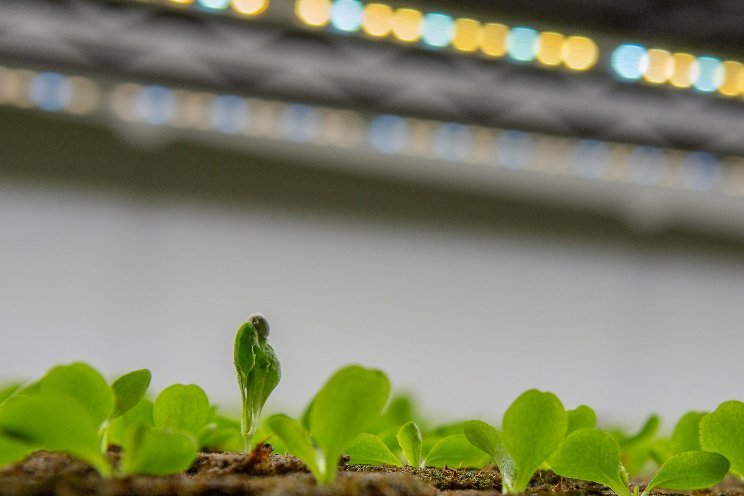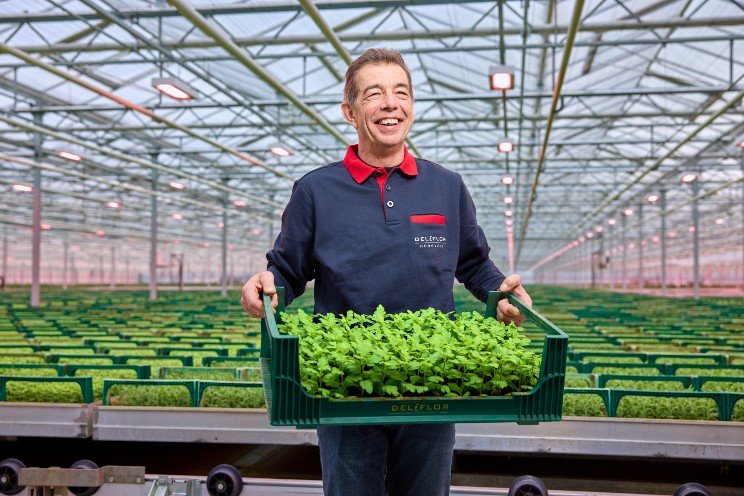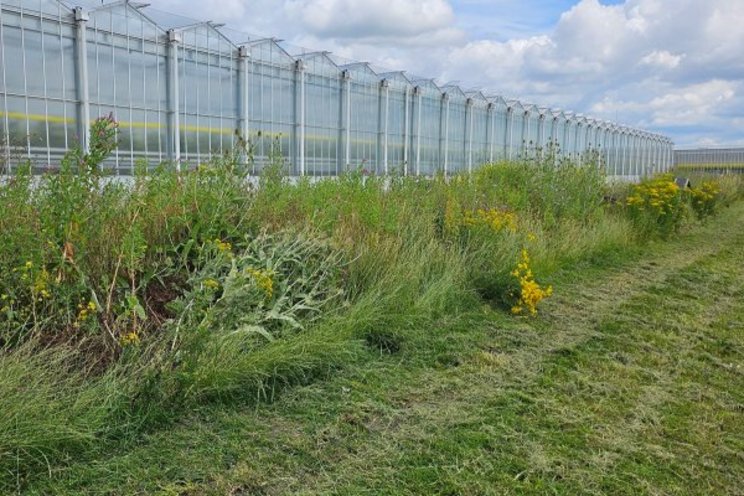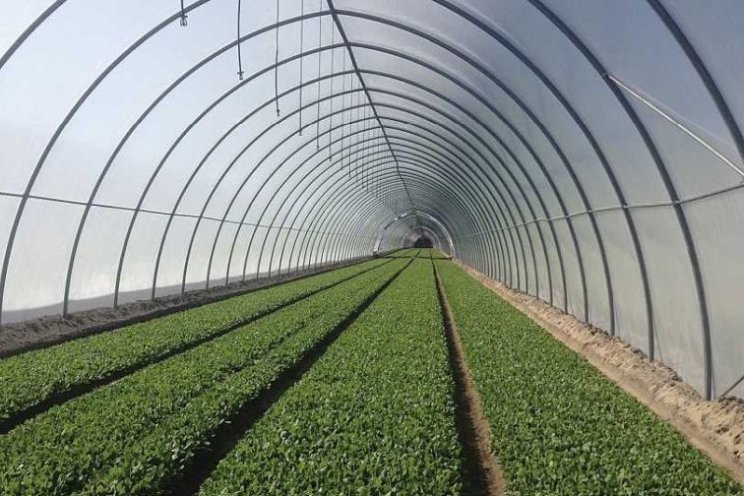The irony of overwatering your plants
Added on 30 November 2022
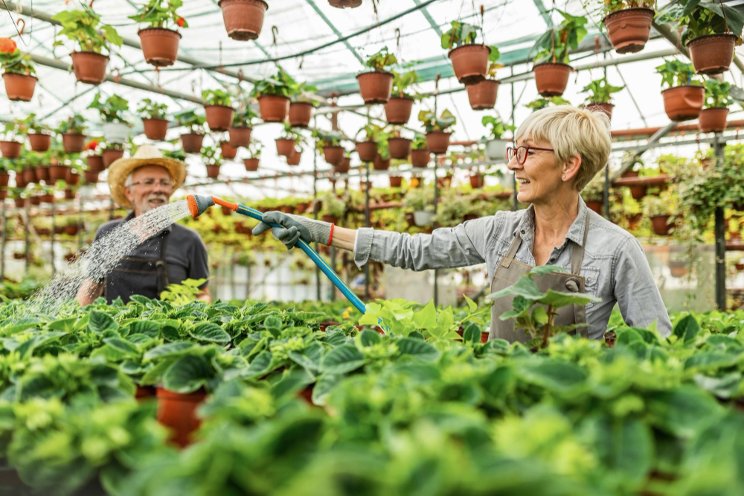
While these symptoms are commonly observed, determining the cause of the disorder requires additional investigation due to the many causes of Fe deficiency. Iron deficiency can be caused by a wide variety of problems ranging from insufficient Fe fertility, high substrate pH, root rot, or overwatering.
In a recent e-GRO alert, Brian Whipker and Patrick Veazie of North Carolina State University outline a recent case of butterfly bush (Buddleja davidii) plants in a greenhouse displaying interveinal chlorosis of the upper foliage. After a warm summer and the start of lower fall temperatures, the irrigation frequency on this group of plants had not been reduced. This led to the plants being overwatered and having highly saturated substrates. After seasonal shifts in the weather, growers should closely monitor irrigation schedules and make changes as needed to prevent constantly saturated substrates that can lead to Fe deficiency and other problems such as root rot.
Continue reading.
Photo created by Drazen Zigic - www.freepik.com
More news

